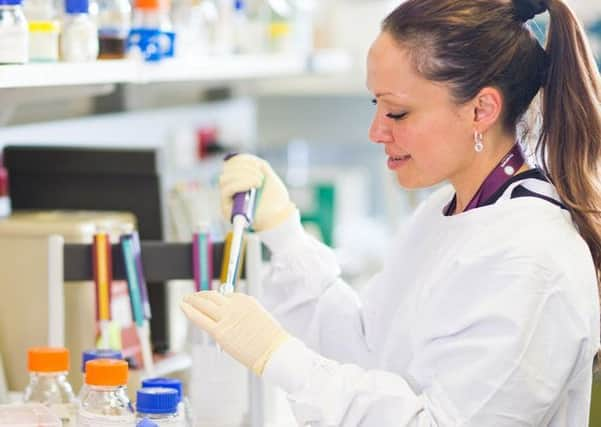The issue of women in science starts at home


That we should need such a day, even now, in 2017, is staggering. It was introduced by the United Nations to encourage young women to enter careers in science and technological disciplines; as the imbalance between the sexes in these fields remained stark.
To my mind this imbalance robs us of the full contribution that women in science can make to the world. While the past 15 years have seen increased efforts to inspire and engage women and girls in science, it’s the case that in some parts of the world, the percentage of female students achieving a degree in science-related fields continues to be much lower compared with that of male students.
Advertisement
Hide AdAdvertisement
Hide AdWe can no longer allow this inequality to go unchallenged. Young women and girls need to be encouraged to explore and engage with science, and nations around the world need to be more proactive in fostering this interest.
Women around Britain – from paleontologist Mary Anning and Britain’s first female physician and surgeon Elizabeth Garrett Anderson, to chemist Rosalind Franklin and biologist Anne McLaren – have made great contributions to the body of scientific knowledge. We all have a responsibility to make sure young women and girls across Yorkshire, Britain and beyond have the opportunity to follow in their footsteps.
Recognising a problem is always the first step toward addressing it, and the UN resolution founding the International Day of Women and Girls in Science is an excellent development.
But it’s an issue that starts at home. And here’s something for us all to ponder as parents, carers, teachers and employers: what role can we play?
Amjad Bashir
Conservative MEP for Yorkshire and The Humber